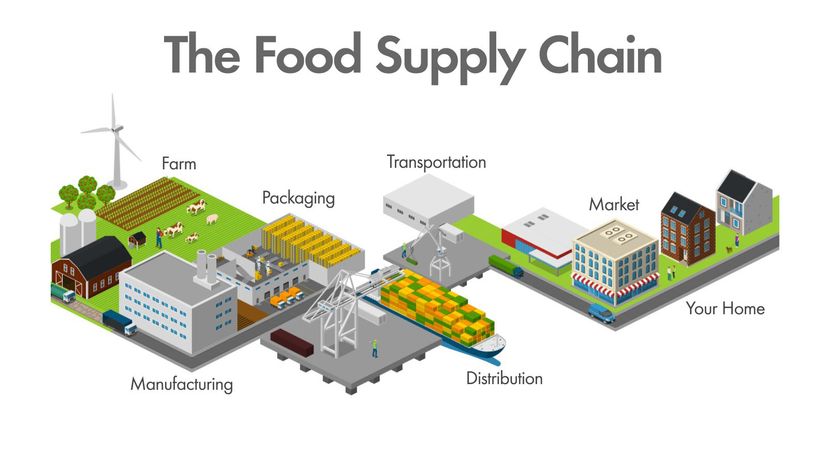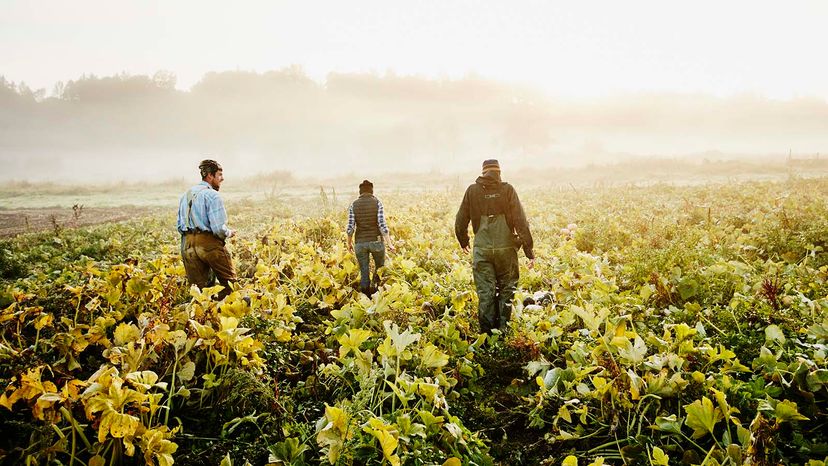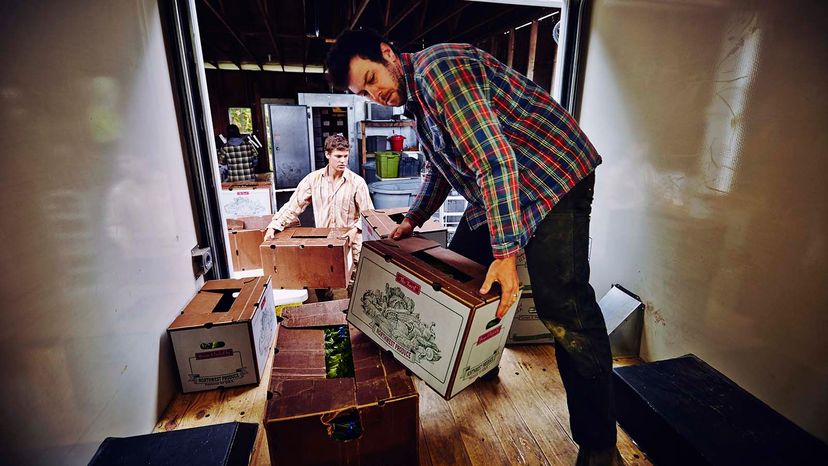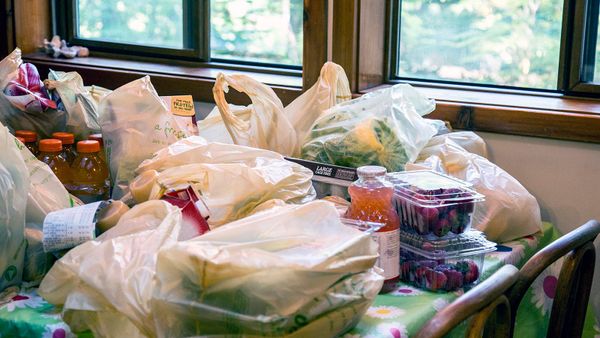
If you've been to a supermarket in the past month or so, you may have been shocked by the sight of empty shelves and cartons of eggs that cost up to three times as much as usual. It's been more difficult to get meat as well. In early April, a major meat processing plant had to shut down indefinitely because employees tested positive for COVID-19, and since then, scores of other meat plants across the U.S. have closed or else are running at limited capacity.
Meanwhile, in California, which produces much of the nation's fruit and produce, are struggling. A survey released May 5 by the California Farm Bureau Federation found that one third of farmers haven't been able to start routine planting cultivation and care of crops because they lack protective equipment for their laborers, who must work in close proximity to one another.
Advertisement
Even with all this grim news, the U.S. Department of Agriculture's chief economist wrote in an April 16 blog post that the department's data indicated that "the U.S. agricultural market will remain well supplied and food will continue to be affordable." Even so, the still-escalating crisis clearly has put stress on the supply chain that normally enable foodstuffs to get from farm fields to Americans' dinner tables, and do it so efficiently that many of us probably barely even think about where our usual bountiful supply of fresh fruit, veggies, meats and countless varieties of pasta and breakfast cereal comes from. Even fast food giant Wendy's had to pull burgers and other beef dishes from the menus of nearly 1,000 of its restaurants because of a meat shortage, while Beyond Meat, the plant-based alternative to beef, reported skyrocketing first quarter sales increases of 141 percent.


